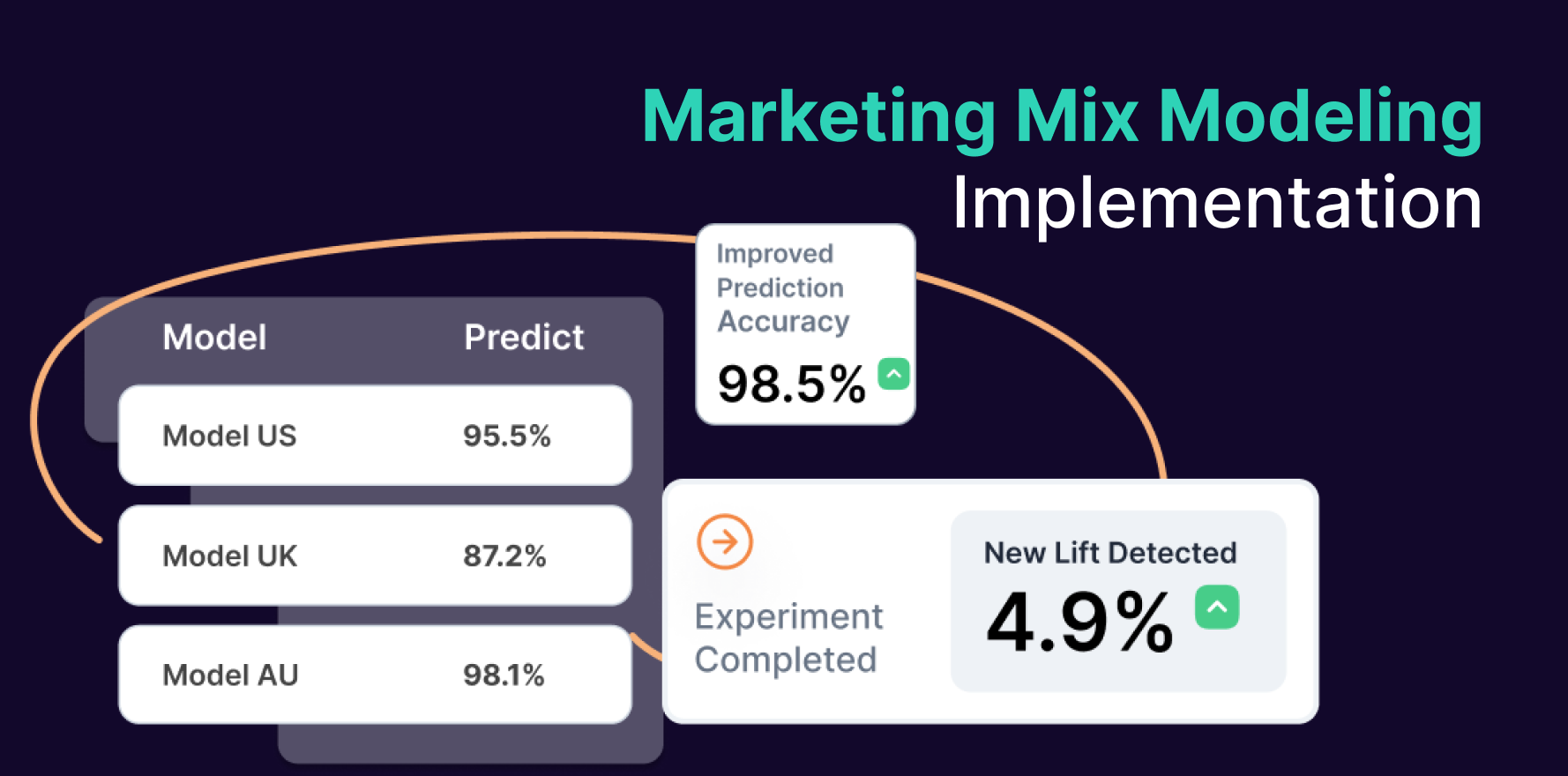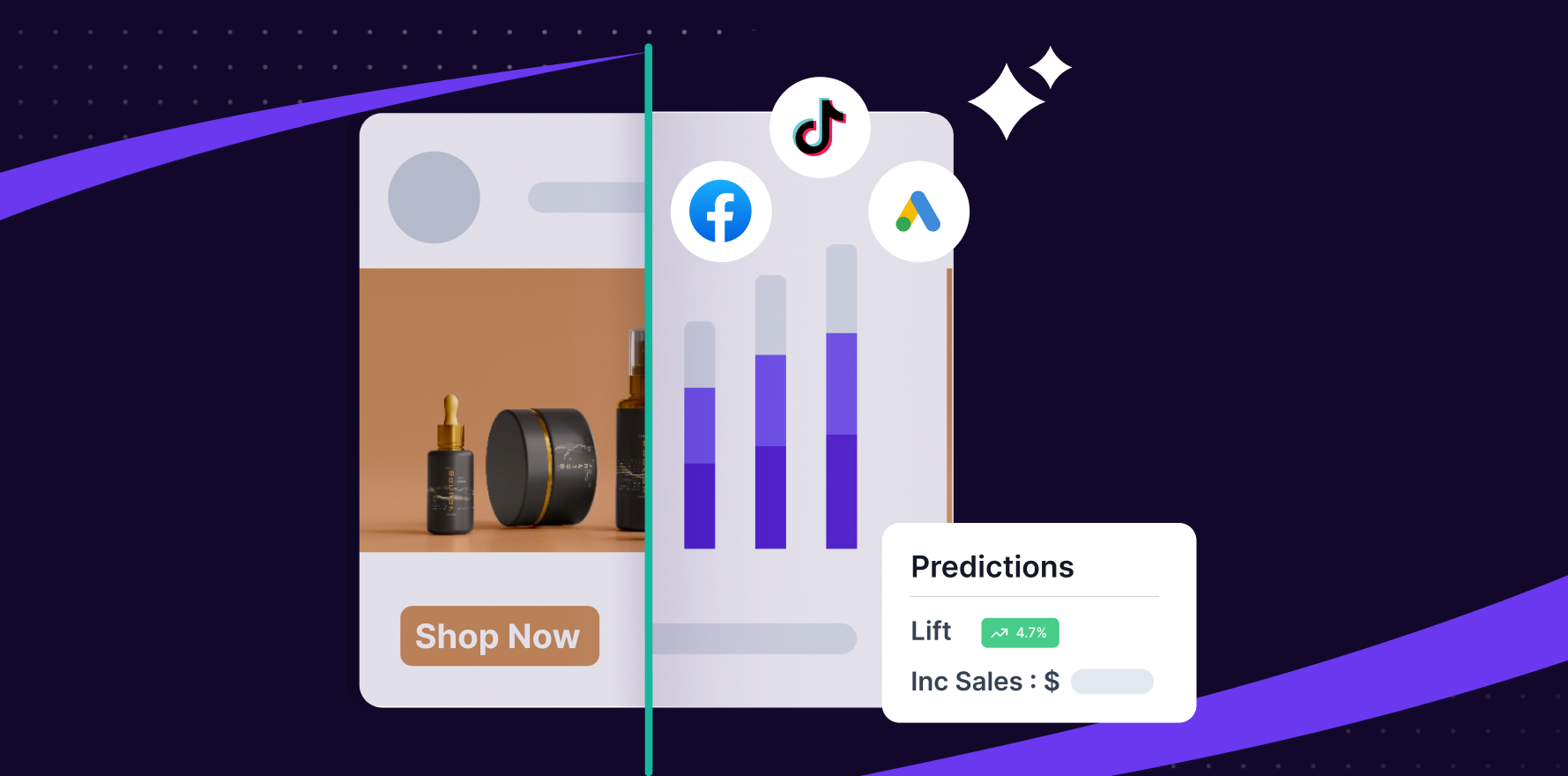What is Email Engagement Rate?
Traditionally, Email Engagement Rate is a critical metric used in email marketing to represent the level of engagement that a given email campaign is generating. This rate is an indicator of how well your audience connects with your message. Specifically, it measures the percentage of recipients who open an email and then click, reply, forward, or perform some other prescribed action.
Formula
Email Engagement Rate = (Total Engagements / Total Emails Delivered) * 100
Example
Suppose you have a list of 1,000 recipients, and you send a campaign where 100 people either open, click a link, forward the message, or replay. Then the Engagement Rate would be (100/1000) * 100 = 10%.
Why is Email Engagement Rate important?
Understanding your Email Engagement Rate is crucial in email marketing strategy because it offers insights into how compelling and relevant your content is to your audience. High email engagement means your content resonates well with the audience, which typically correlates with increased sales, customer loyalty, and potential customer referrals. Low engagement, however, may be a red flag indicating that your content needs improving.
Which factors impact Email Engagement Rate?
Numerous factors can impact your Email Engagement Rate. These include the quality of your email list, the relevance and personalization of your email content, the optimal timing of your email blasts, and the mobile-friendliness of your emails.
How can Email Engagement Rate be improved?
- Personalization: Use of personalized subject lines and content can increase customer engagement.
- Segmentation: Dividing your email lists into smaller, more specific segments can improve relevancy and engagement.
- Clean your email list: Regularly remove unengaged subscribers to improve deliverability and engagement metrics.
- Advanced targeting: Use demographic and behavioral data for advanced targeting to increase engagement.
What is Email Engagement Rate’s relationship with other metrics?
Email Engagement Rate has significant associations with other crucial ecommerce metrics like conversion rates and Customer Lifetime Value (CLV). Higher engagement tends to indicate a more interested audience, which can lead to higher conversion rates, increased sales, and greater CLV. And notably, it directly affects other email marketing metrics, such as click-through rate (CTR) and bounce rate, which may also influence overall business performance.
Free essential resources for success
Discover more from Lifesight
















